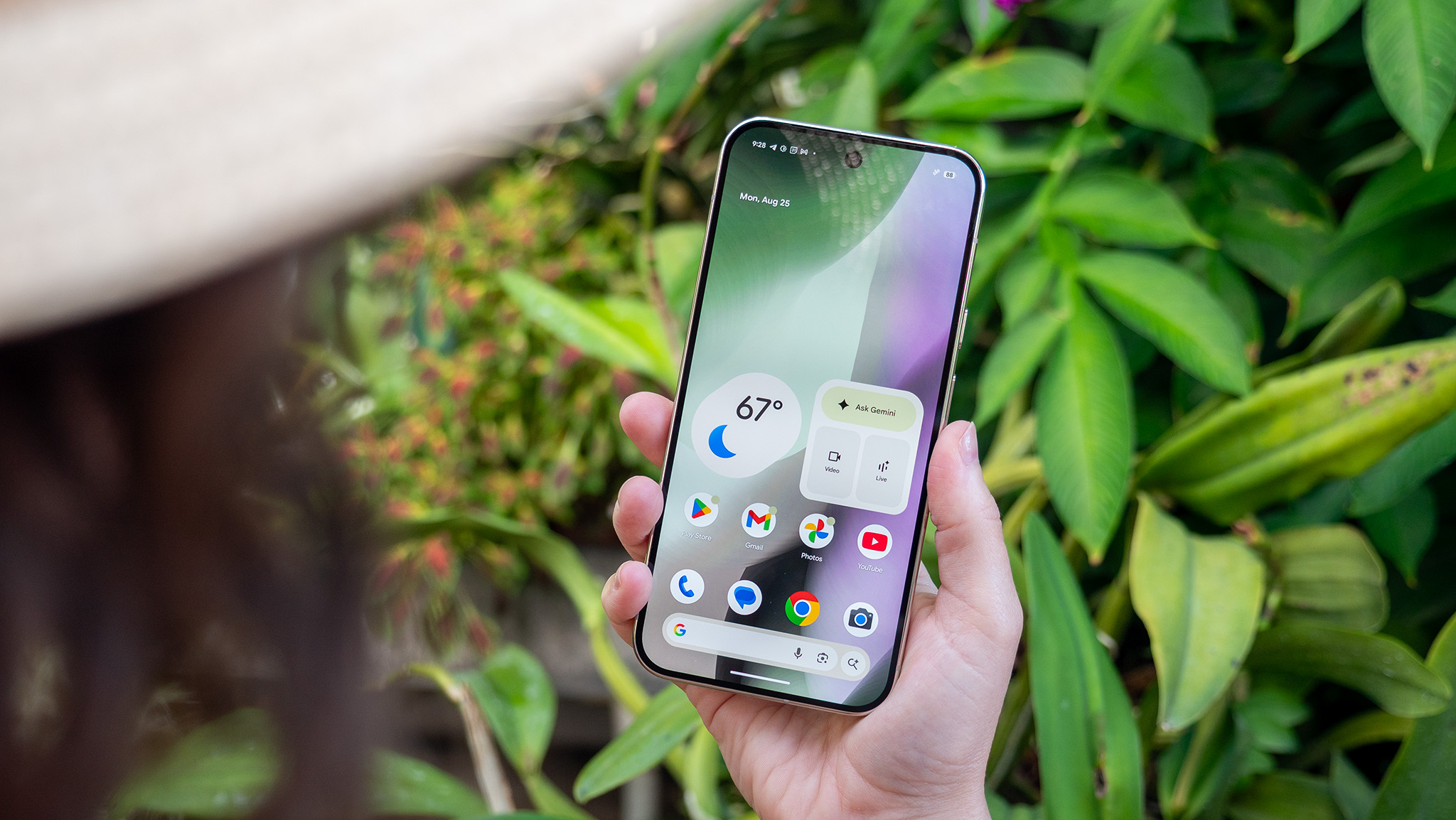Why monocular smart glasses from Google and Meta could lead the future of wearable tech
The costs and challenges of binocular displays just aren't worth the upsides, at least until smart glasses get better.


This week, guest editor Michael Hicks is hijacking AC Senior Content Producer Nick Sutrich's weekly column on all things VR, from new hardware to new games, upcoming technologies, and so much more.
We're less than a month away from Meta Connect 2025, where we're rumored to see Meta's $800 Hypernova smart glasses with a single display in the right lens. I expect plenty of people will balk at buying smart glasses with "only" one display. But having tried both monocular and binocular smart glasses, I think Meta is making the right decision — and Google would agree with me.
The original Google Glass had a monocular display, and a decade later, when I tried Google's Android XR reference design at I/O 2025 (see the photo above), they had only one display. This isn't a coincidence!
Meta CTO Andrew Bosworth explained why monocular smart glasses are so much easier to create during an August AMA (via UploadVR): "They're affordable, they're lighter, and you don't have disparity correction, so they're structurally quite a bit easier."
Switching to binocular displays "more than doubles the cost" because, on top of a second display and eye-tracking camera, you have to ensure perfect interpupillary distance and prevent any disparity between what the user's two eyes see.

It's why Meta's monocular Hypernova glasses can (allegedly) cost less than a grand and blend in as somewhat "normal" glasses. Would people care as much about them if they cost $2,000?
Meanwhile, its Meta Orion prototype needs thicker frames for the extra power and battery demands of two large displays. And while Orion's $10,000 cost mostly comes down to silicone carbide lenses, that cost would be more than halved with one display.
The concern with a monocular display is "binocular rivalry," Bosworth says, because "one eye is seeing something, the other eye isn't seeing it, and your brain has to reconcile that, and different people experience that very differently."
Get the latest news from Android Central, your trusted companion in the world of Android
But again, having tried Google's latest monocular glasses, I'm mostly unconcerned. And I don't think you should knock them until you try them.
Trust me, we don't need two displays yet
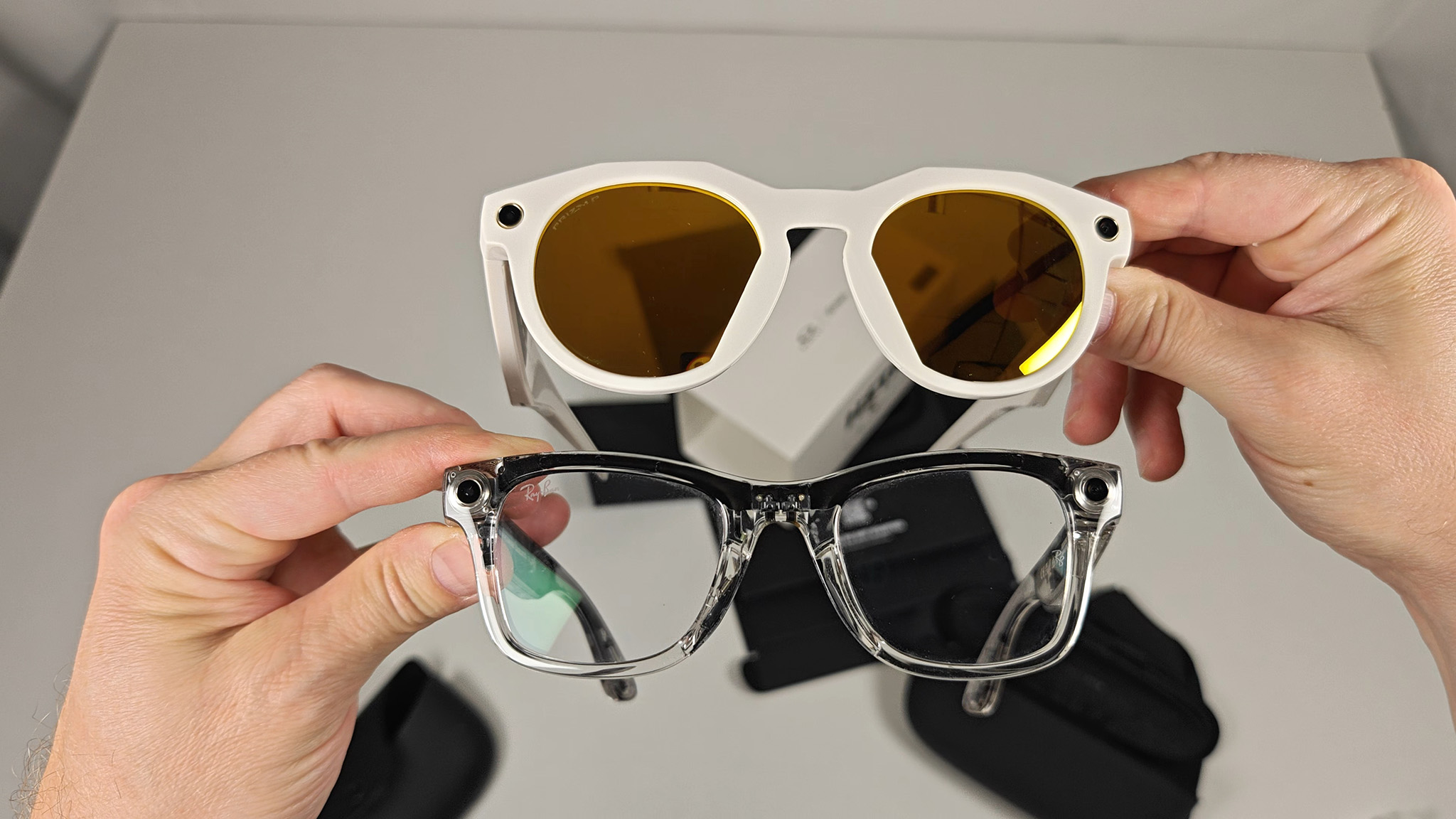
Out of everything I heard at Augmented World Expo 2025, every AR expert agreed that there's no one set path for smart glasses, but that any binocular glasses or "smart goggles" like the XREAL One Pro aren't going to blend in as normal glasses for years. The form factor simply can't fit in the battery, holographic tech, cameras, and other vital tech without ballooning in size.
There's a reason why Meta has teamed up with Ray-Ban and Oakley, while Google partnered with Warby Parker and Gentle Monster. Smart glasses need to look good and familiar, or not enough people will wear them to make money. The thicker they get, the harder it is for people to see the resemblance.
Most importantly, smart glasses need to function without a display. Assistants like Meta AI and Gemini will be your primary controller and source of information, with the display there to show their data in a more accessible way. So adding a second display, which will drain your battery life more quickly until you can't access the assistant at all, is a poor allocation of resources. Smart glasses can only replace normal glasses if they're worth wearing all day, not just at odd moments.
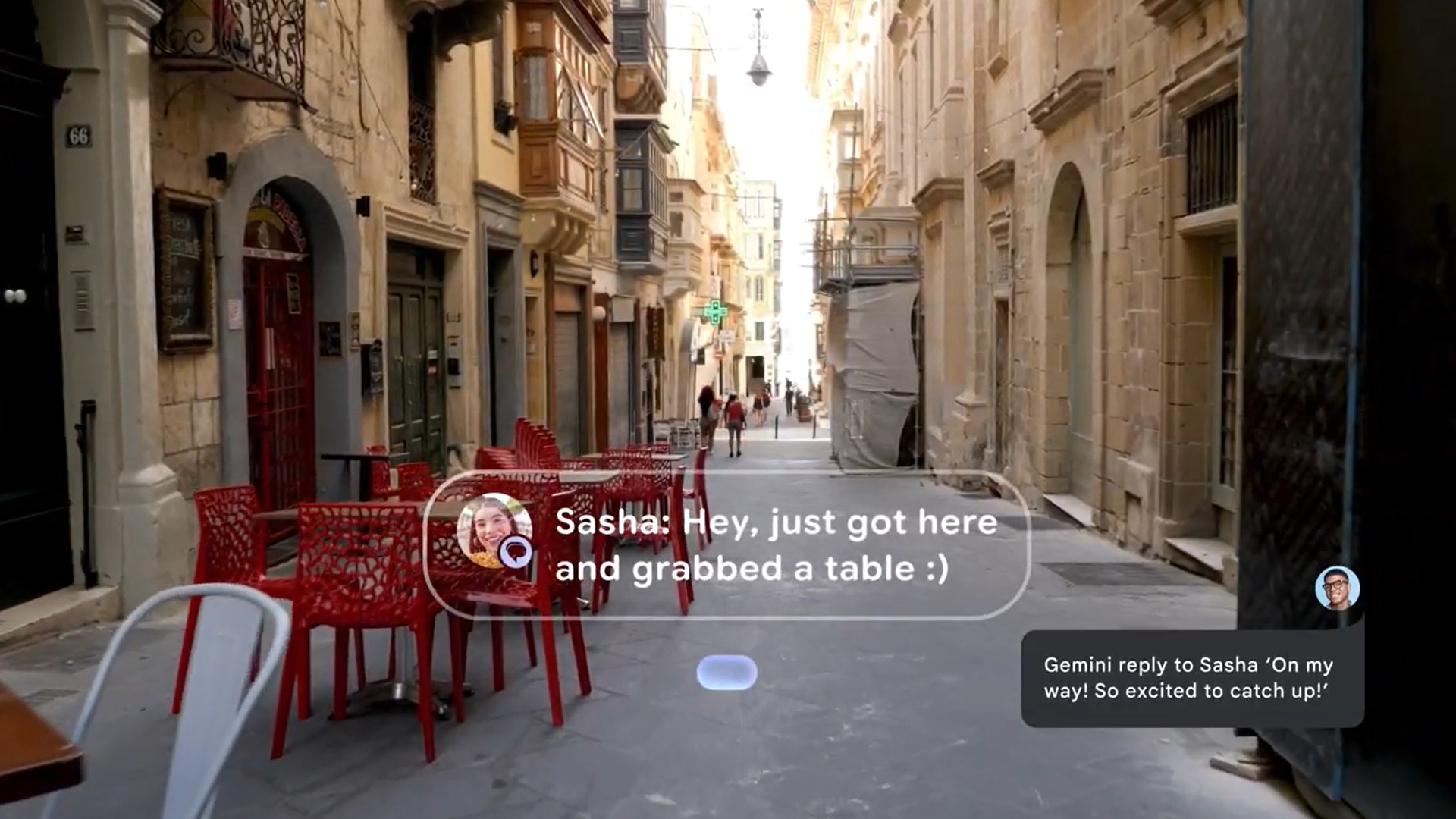
That said, Google's monocular Android XR glasses genuinely impressed me, proving that a display can be subtly helpful. You get a seamless pop-up showing Gemini answers to questions, calendar entries, recent Messages, live translations, and other data that's easily readable but doesn't take up your entire vision.
It's like being able to glance down at your smartwatch for a notification, only with a more subtle downward glance. And in fact, the Android XR version of Google Maps shifts from a basic directional guidance to a full-on map when you look downward, signaling to the glasses that you want more information.
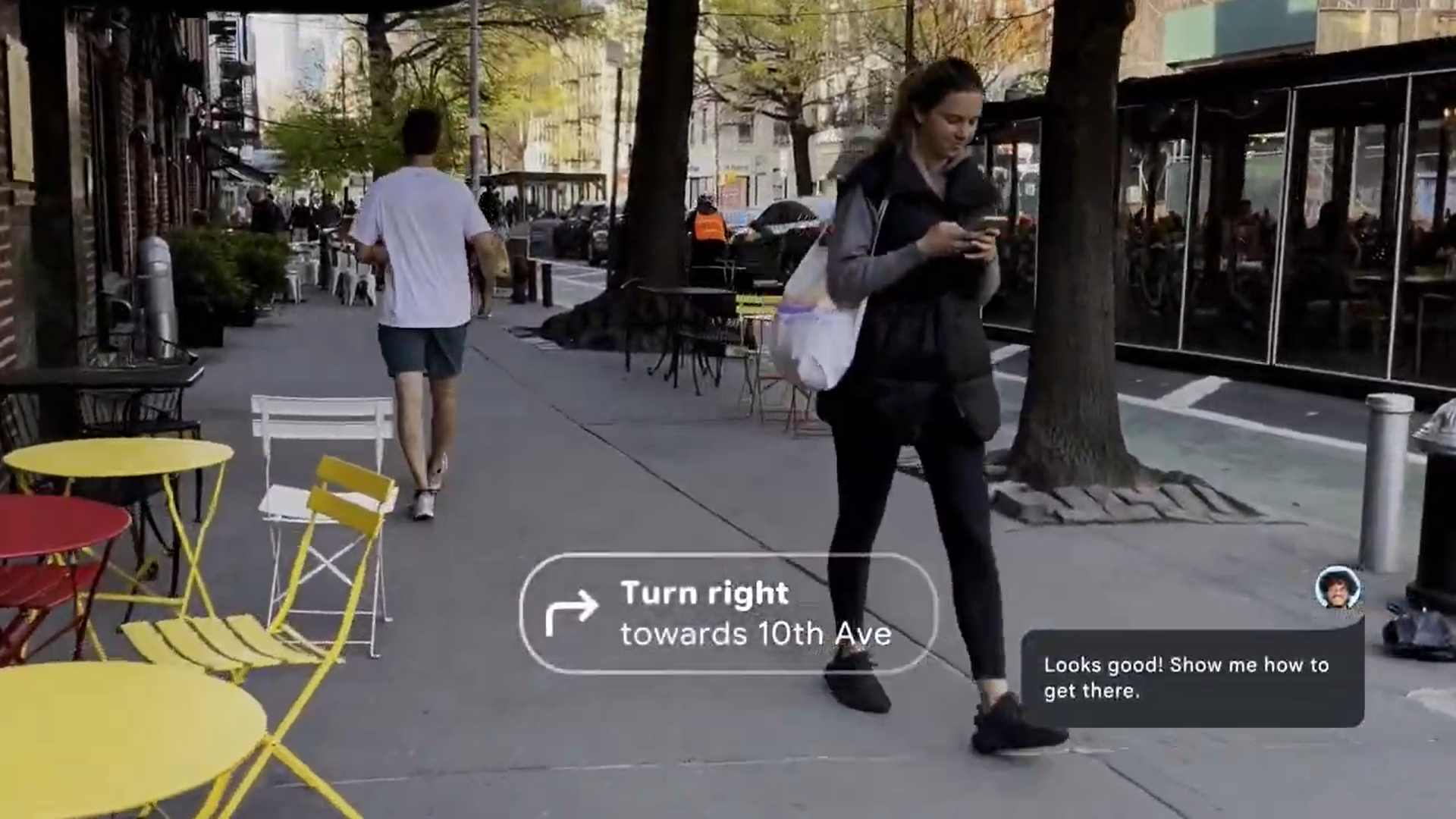
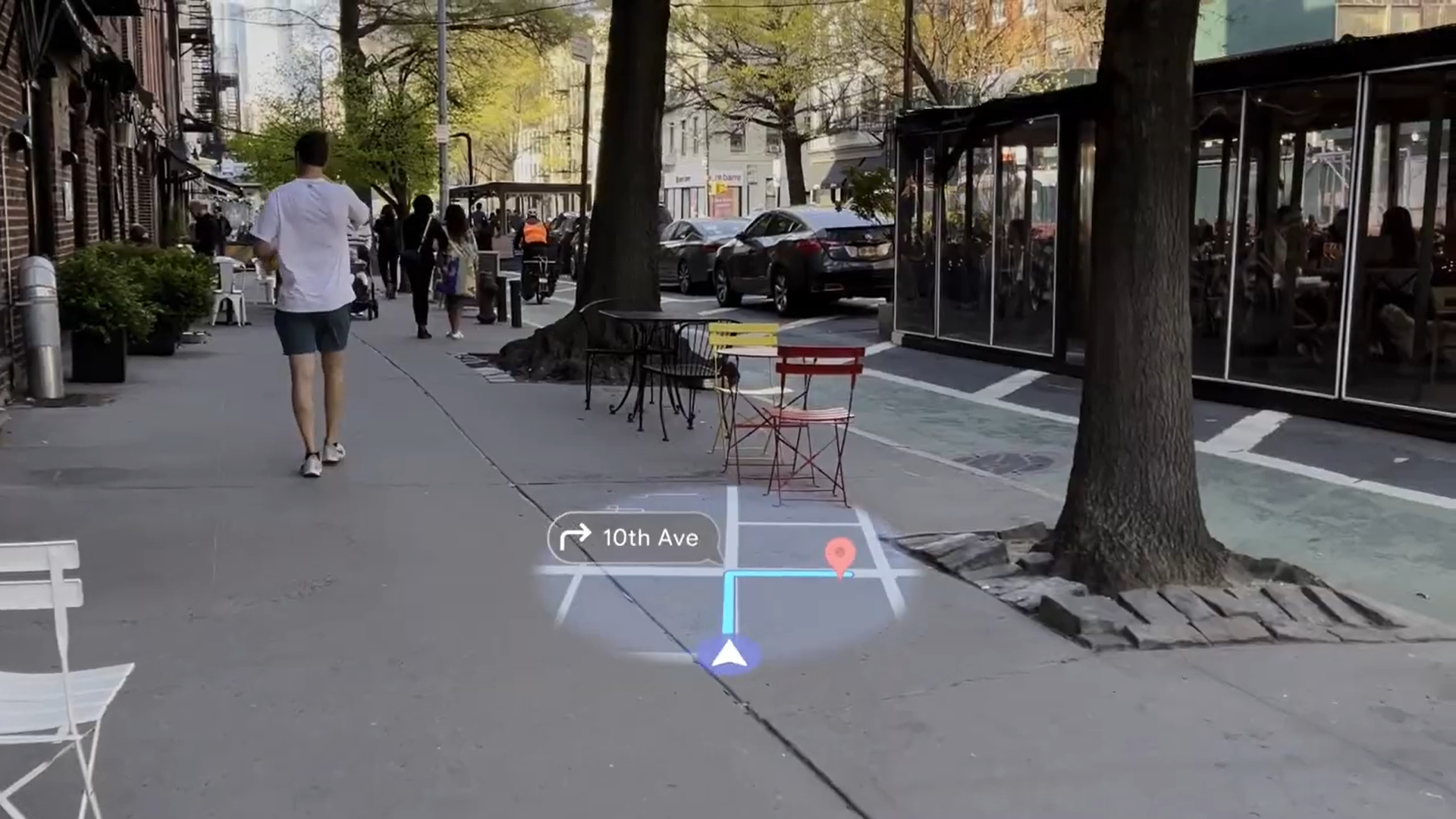
Maybe some people will be more bothered by a monocular display — especially if they're not right-eye dominant — but it felt totally natural, sitting in my vision without any blurring, but not feeling so distracting that I couldn't focus on what's in front of me.
Binocular AR glasses might make these pop-ups even clearer, but they'll have to reconcile the image in the center of your vision, and while that's great for extended displays for gaming or streaming while you lay in bed, I don't know how much more helpful it'll be outdoors when you're walking around.
That's why I think monocular smart glasses are the best way to introduce this tech to wider audiences. It's simpler to pull off, and you don't need to worry as much about things like interpupillary distance when trying to give people a clear test demo.
So long as Meta, Google, and the rest remember that about 30% of people are left-eye dominant and sell a smaller portion of left-display glasses, I don't think people will have any trouble adapting to monocular smart glasses. Either that, or they'll just keep buying normal smart glasses like Oakley Meta HSTN or Ray-Ban Meta Gen 3s that don't even need a display.

Michael is Android Central's resident expert on wearables and fitness. Before joining Android Central, he freelanced for years at Techradar, Wareable, Windows Central, and Digital Trends. Channeling his love of running, he established himself as an expert on fitness watches, testing and reviewing models from Garmin, Fitbit, Samsung, Apple, COROS, Polar, Amazfit, Suunto, and more.
You must confirm your public display name before commenting
Please logout and then login again, you will then be prompted to enter your display name.
